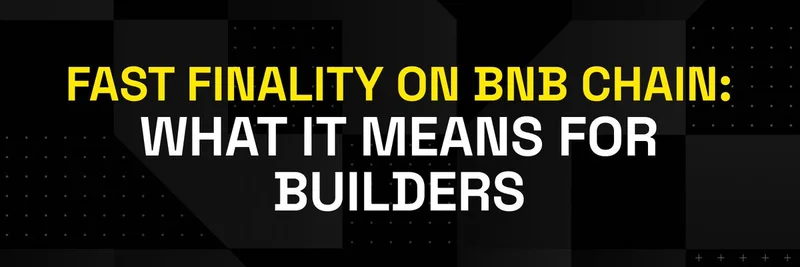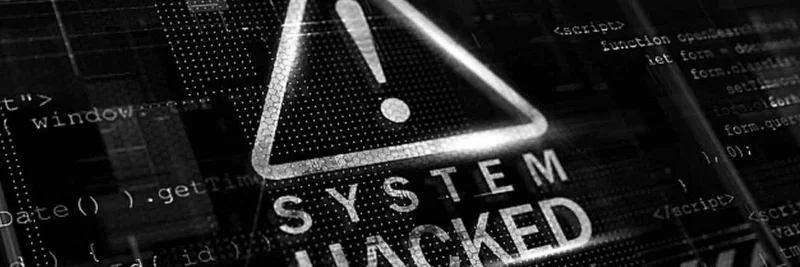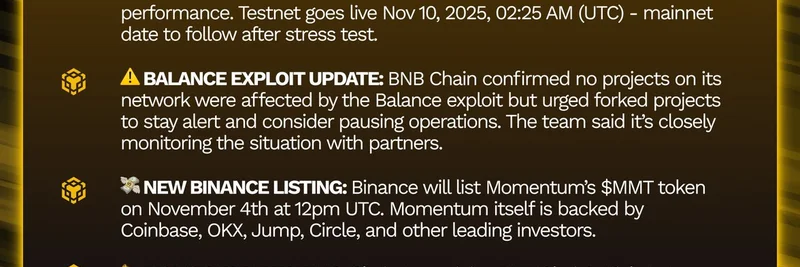BSC News recently dropped a must-read deepdive on InterLink, dubbing it the "Human Network." If you're in the crypto space, especially dealing with meme tokens where bots and fake accounts run rampant, this is worth your attention. Let's unpack what InterLink is all about, based on that insightful analysis from BSC News.
What is InterLink?
At its core, InterLink is a blockchain project from InterLink Labs that's all about verifying real humans in the digital world. Think of it as a decentralized identity system that uses facial scanning and liveness checks—like making you smile or blink—to prove you're not a bot. This "proof-of-personhood" approach tackles sybil attacks, where one person creates multiple fake identities to game the system. With over 2.5 million verified users already and $20 million in funding from big names like Google for Startups and Monad, InterLink is positioning itself as the go-to for a bot-free Web3.
The goal? Build a massive "Human Network" aiming for one billion participants. It's not just about identity; it's enabling fair governance, economic coordination, and even AI training through real user contributions.
Key Features Breaking Down Barriers
InterLink packs some cool tech under the hood. Users get verified once via the InterLink App, which handles everything from ID management to token storage and mini-apps in categories like social, gaming, and finance. No fancy hardware needed—verified folks become "Human Nodes" and earn rewards just by being active, sharing device resources, or completing tasks.
For developers, there's the Human Auth SDK for easy integration, a Mini-App Development Kit (MDK) that lets you publish without gatekeepers, and grants up to 500 million $ITL tokens for AI-focused projects. They even have a wearable called HumanPad for areas with poor camera access, helping bring unbanked populations into the fold.
On the DeFi side, expect a non-custodial wallet, QR-based payments that convert crypto to fiat, and the ITLX Exchange for trading with leverage. Privacy is king here, with zero-knowledge proofs (ZKPs) ensuring your biometric data stays off-chain and secure.
Tokenomics: Dual Tokens for Growth and Rewards
InterLink runs on a dual-token setup to balance utility and compliance:
- $ITL: Capped at 10 billion tokens, half goes to $ITLG holders, the rest fuels growth, partnerships, and development. It's the backbone for network support.
- $ITLG: A whopping 100 billion supply, with 80% earmarked for Human Node rewards based on your activity and contributions. The other 20% incentivizes developers and ecosystem growth.
No direct swaps between the two—$ITLG keeps users engaged in mini-apps and payments, while holding it earns you $ITL. Rewards are tied to proof-of-personhood, and there's a penalty system like token burns for inactive nodes to keep things fair. It's designed to comply with regulations, treating $ITL more like a security and $ITLG as utility.
How InterLink Could Shake Up Meme Tokens
Now, why should meme token enthusiasts care? In the wild world of meme coins on chains like BSC, airdrops, staking rewards, and community votes are often hijacked by bots and multi-accounters. InterLink's human verification could level the playing field, ensuring one person, one vote—or one claim. Imagine fairer distributions in your favorite dog-themed token launches, or governance in DAOs where real humans call the shots.
While InterLink isn't a meme token itself, its tech could integrate with meme projects to boost trust and engagement. As meme communities grow, tools like this might become essential to weed out the fakes and foster genuine hype.
Wrapping It Up
The BSC News thread is a great entry point, but diving deeper reveals InterLink as a game-changer for Web3 identity. If you're building or investing in blockchain, especially memes, keep an eye on InterLink's official site and their X handle @inter_link. Who knows—this could be the key to a more human-centric crypto future.



